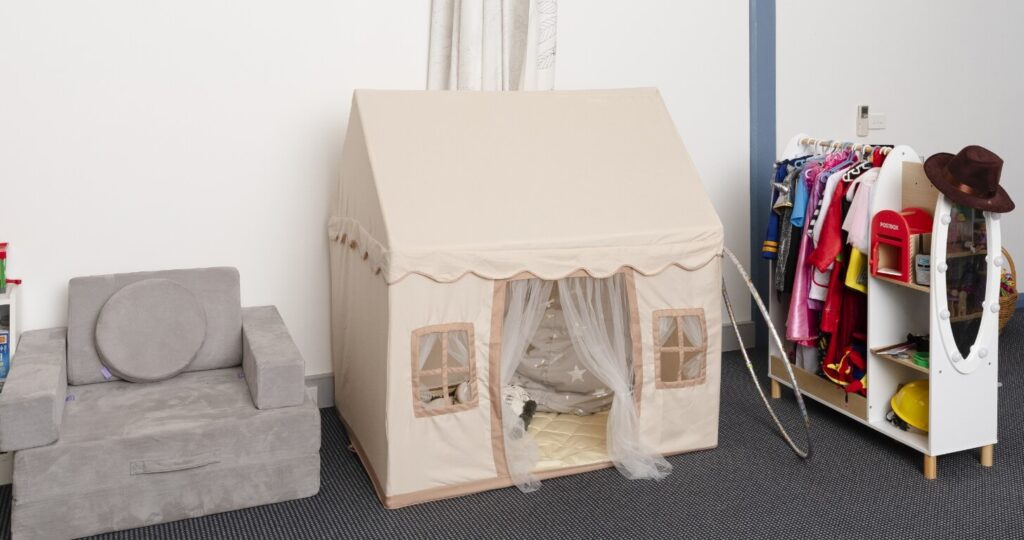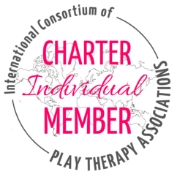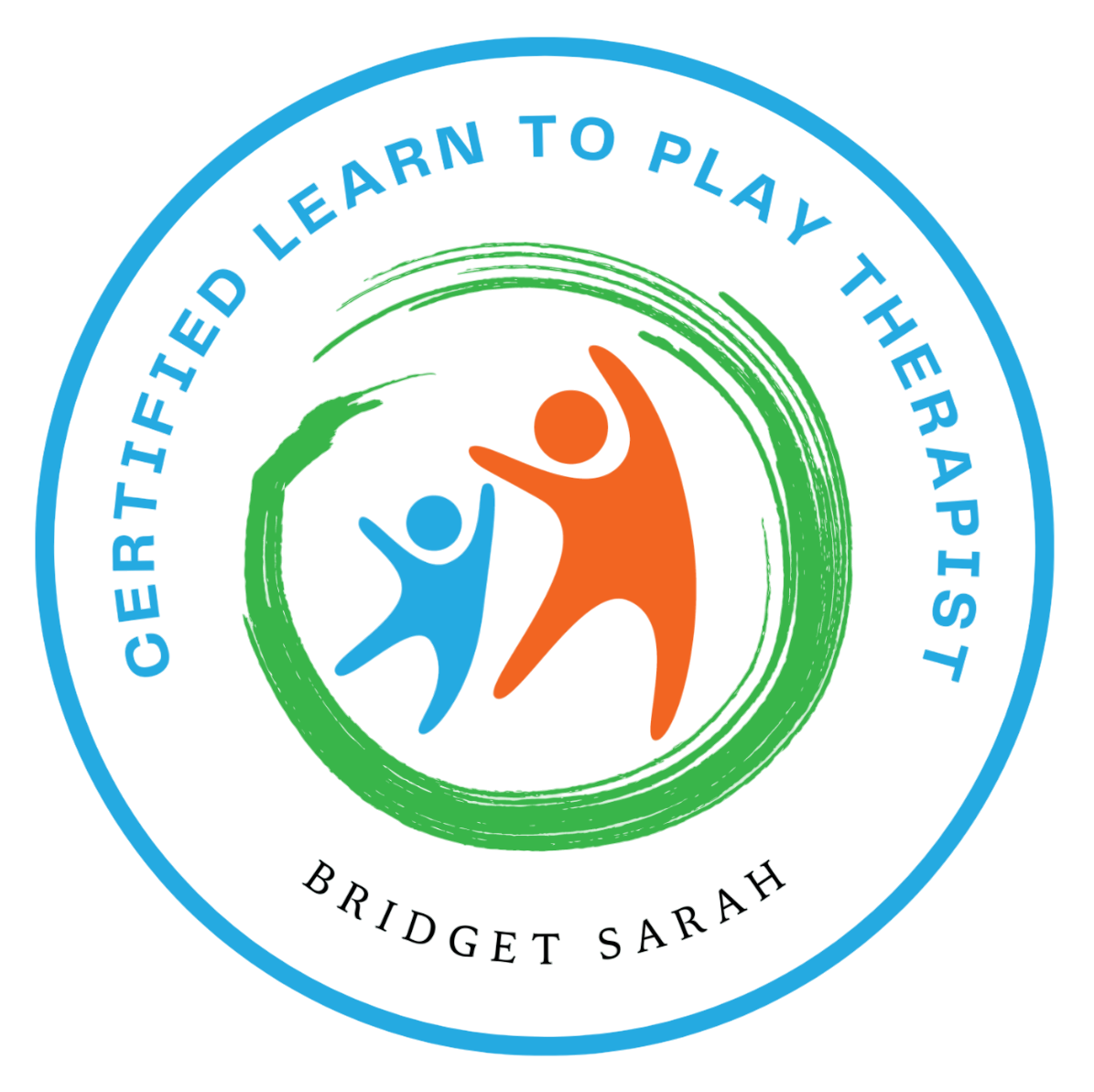Historically, autism (ASD) has been associated more with boys than girls. Benison O’Reilly and Seana Smith (2023) authors of The Australian Autism Handbook: The essential guide to parenting a child on the autism spectrum inform us that today for every one girl, four boys are receiving a diagnosis of autism and that girls typically receive a late diagnosis or are missed. This beckons the question whether girls have more protective mechanisms in place.
Ellie Middleton (2023), activist, speaker, writer and author of Unmasked: The ultimate guide to ADHD, Autism and Neurodivergence describes much of her life wondering what was wrong with her, why did she feel weird, why did she find things difficult to understand, was she a terrible person, why she couldn’t do things, why she had difficulty in friendships and keeping friends amongst many other questions. Being diagnosed with General Anxiety Disorder (GAD) Ellie just never felt this was ‘right’ for her. It was through her diagnosis of ASD and attention deficit hyperactivity disorder (ADHD) that Ellie grew to learn about herself and build a true sense of self. Ellie talks about being misdiagnosed with anxiety and depression and how once she received her ADHD and ASD diagnoses, everything began to make sense. As a side note if you are a neurodivergent female, or questioning whether you may be, or are someone who loves or cares for a neurodivergent female, I highly recommend Ellie’s book. It is educational and entertaining but more importantly validating with personal and relatable stories and practical tips and strategies.
Much of what we know about autism we have learned from studying males meaning the DSM-5 (Diagnostic Statistical Manual of Mental Disorder IV), and the screening tools we diagnose with were designed on experiences of male children and these are not always aligned with an autistic female presentation. However, with more females now diagnosed, albeit late, changes are slowly occurring. Clinicians are learning more about masking and some of the subtle traits of autism in young girls, especially those girls that present without speech difficulties and above-average IQ’s. With famous autistic females, like Temple Grandin speaking out, and others like Ellie, we are hearing the personal stories and struggles and beginning to acknowledge the different presentations in girls. It is probably important to note at this point that as with neuro-typical individuals, neurodivergent individuals are not a ‘bunch of the same traits’. They are uniquely their own person with their own traits. I once heard the saying that if you have met one autistic, then you have met one. Autism is a spectrum.
Here is a short list (which continues to grow) of some of the things we now know about autistic girls which are informing new diagnostic criteria so we can seek diagnosis earlier.
- Girl’s special interest or passions are more likely to be intense rather than atypical. Their interests are more centred on animals or people rather than data and objects. For instance, fashion, reading, celebrities, television shows or music.
- Girl’s have more intense interest in pop-culture including famous people, TV shows and band members.
- Girls’ social struggles can be overlooked as they appear more socially motivated than boys. They can flit from friendship group to friendship group potentially always being on the periphery trying to fit in and not feeling a true sense of belonging.
- On friendships autistic girls can have intense friendships with one or two friends and can appear possessive of these friends, not understanding why these friends may play or interact with others.
- Pretend play may appear normal however, looking at it closer, it is more dominated or intensely scripted/narrated. Cooperative play is problematic, and there may need to control or direct the actions in play.
- Girls often learn to mimic other children and adults in social interactions. At school or preschool, they can appear well behaved and compliant. However, due to masking may have meltdowns, retreat to their bedroom, outbursts, or fall apart when they return home.
- Girls often have stronger sensory sensitivities to touch, taste and sound leading to distress. They often internalise these experiences.
- An autistic girl’s language skills may be well developed with high levels of articulation.
- Autistic girls can be inflexible in many ways, however when coping with a situation that requires flexibility, are less likely to externalise and are more likely to internalise when trying to cope. So often, this is perceived as anxiety.
- Autistic girls have higher rates of irregular puberty onset (either early or delayed), and menstrual irregularities than non-autistic females.
- Autistic girls tend to have more expressive nonverbal communication than boys. Rachel Hiller and colleagues (2014) suggest that autistic females tend to integrate verbal and non-verbal communication more successfully than boys.
- Autistic girls can have better functional conversational skills or are more likely to follow non-autistic norms od reciprocity. Although they can be reciprocal it is important to note that this requires intense energy and work which can be exhausting and lead to meltdowns or autistic burnout.
- Girls do not demonstrate the same level of repetitive behaviour as boys. Girls typically don’t engage in these behaviours when undertaking a structured activity (school, preschool, therapy, extra-curricular activities). Their repetitive behaviours may not stand out as much (pacing, repetitive body movements which may appear as though dancing, repetitive hand/finger movements, walking around the perimeter of a yard, or around the kitchen, lounge sofa).
- Girls are more likely to engage in pretend play, are less likely to be loners and tend to have higher social motivation than autistic boys.
References
Benison O’Reilly, & Smith, S. (2023). The New Autism Handbook. Simon and Schuster.
Henderson, D., Wayland, S., & White, J. (2023). Is this autism? : A guide for clinicians and everyone else. Taylor & Francis.
Hiller, R.M., Young, R.L., & Weber, N. (2014). Sex differences in autism spectrum disorder based on DSM-5 criteria: evidence from clinician and teacher reporting. Journal of Abnormal Child Psychology, 42(8), 1381-1393. https://doi.org/10.1007/s10802-014-9881-x
Middleton, E. (2023). Unmasked: The ultimate guide to ADHD, autism and Neurodivergence. Random House.










